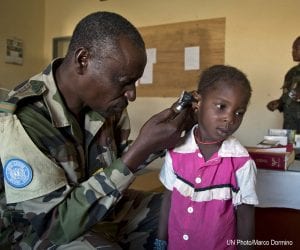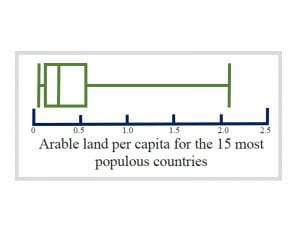According to a recent report by the Overseas Development Institute (ODI), it is estimated that by the year 2030, over 43% of African children will be living below the poverty threshold of $1.90 per day.
There are several factors contributing to the current trend of poverty which primarily affects the western region of the continent. The most restricting is perhaps the lack or complete absence of reproductive healthcare. In countries like Nigeria, which has a population of over 170 million people, women give birth to about five children on average and a lack of government funding has hindered the transport of contraceptives to public health facilities. This year, only 0.3% of the $30 billion federal budget is being allocated to family planning programs, likely due to Nigeria’s recently implemented “Scale-up” (2014) initiative to improve equity and access to family planning services. Unfortunately, the immensely expanding Nigerian population has made it difficult to reach some of the Scale-up initiative funding goals. Moreover, inaccessibility to reproductive health services is further proliferated in many regions due to social norms condemning the use of contraceptives.
In addition to a lack of reproductive healthcare funding, there is also little to no federal effort to expand and deliver improved education in some western African countries. While trivial funding continues to hinder the advancement of public education, socio-cultural norms such as early marriage and gender inequity often prevent African girls from receiving adequate, if any, education.
In recent years, equitable growth in the developing world has driven the hope of the potential end to global poverty within the next 15 years. In a speech given just last year, World Bank Group President Jim Yong Kim declared that the primary goals of the organization were to end extreme poverty by the year 2030 as well as increase the financial security of the poorest 40% of those living in low to middle income countries. The UN’s Sustainable Development Goals were also created with the aim to eradicate global poverty by the same year. Despite the push to target extreme poverty as the most prominent global issue of today, rapid population growth, inequality, and cultural roadblocks have continued to contribute to a worsening crisis in West Africa.
According to the ODI report, major changes in policies and public funding could result in a reverse in the trend of African poverty. It states that increased investment and expanded opportunities for youth has the potential to create a demographic dividend that would, in turn, yield major returns for economic growth and human development.




